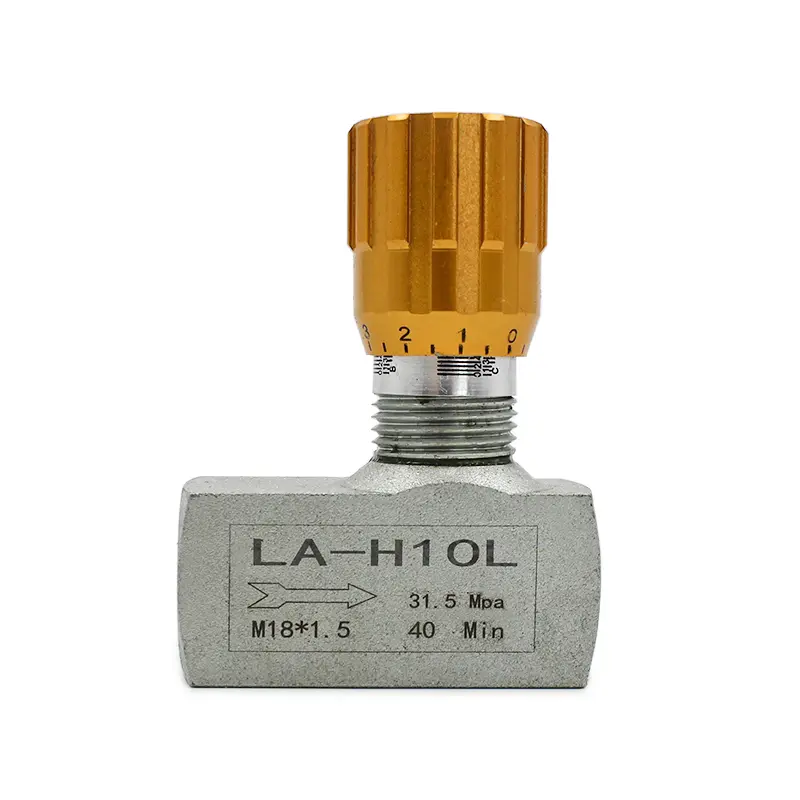
Understanding the Difference Between a Regulator and a Flow Control Valve
2024-10-15In various industrial applications, controlling the flow and pressure of fluids is crucial for optimal performance and safety. Two essential components used for this purpose are regulators and flow control valves. As a leading manufacturer and supplier of these devices, we aim to clarify the differences between them and help you choose the right solution for your needs.
What is a Regulator?
A regulator is a device designed to maintain a constant output pressure regardless of variations in the input pressure or flow rate. It automatically adjusts the flow of gas or liquid to ensure that the output pressure remains stable, which is critical in applications where pressure fluctuations can lead to equipment damage or inefficient operation.
Key Features of Regulators
• Pressure Maintenance: Regulators are primarily focused on maintaining a specific pressure level.
• Automatic Adjustment: They automatically adjust to changes in input pressure to keep the output pressure steady.
• Applications: Commonly used in gas supply systems, pneumatic systems, and hydraulic applications.
What is a Flow Control Valve?
A flow control valve, on the other hand, is designed to regulate the flow rate of a fluid within a system. Unlike regulators, flow control valves can adjust the flow based on the requirements of the application, allowing for precise control over how much fluid passes through the system.
Key Features of Flow Control Valves
• Flow Regulation: Flow control valves are focused on controlling the volume or rate of fluid flow.
• Manual or Automatic Control: These valves can be operated manually or automatically, depending on the system’s requirements.
• Applications: Widely used in irrigation systems, HVAC systems, and various industrial processes.

Key Differences Between Regulators and Flow Control Valves
Functionality
The primary difference lies in their functionality:
• Regulators maintain a constant output pressure.
• Flow Control Valves regulate the flow rate of fluids.
Pressure vs. Flow Rate
• Regulators are pressure-centric, ensuring that pressure remains stable even when upstream conditions change.
• Flow Control Valves are flow-centric, allowing users to set and maintain a desired flow rate.
Application Context
• Regulators are ideal for applications where maintaining a specific pressure is critical, such as in gas distribution systems.
• Flow Control Valves are best suited for scenarios requiring precise flow management, such as in water treatment plants.
Choosing the Right Device for Your Application
When deciding between a regulator and a flow control valve, consider the specific requirements of your application:
• If your primary concern is maintaining a stable pressure, a regulator is the appropriate choice.
• If you need to control the flow rate of a fluid, opt for a flow control valve.
Conclusion
Understanding the differences between regulators and flow control valves is essential for effective fluid management in industrial applications. As a trusted manufacturer and supplier, we provide high-quality regulators and flow control valves tailored to meet your specific needs. By selecting the right device, you can ensure optimal performance and efficiency in your systems. Contact us today to learn more about our products and how we can assist you!




